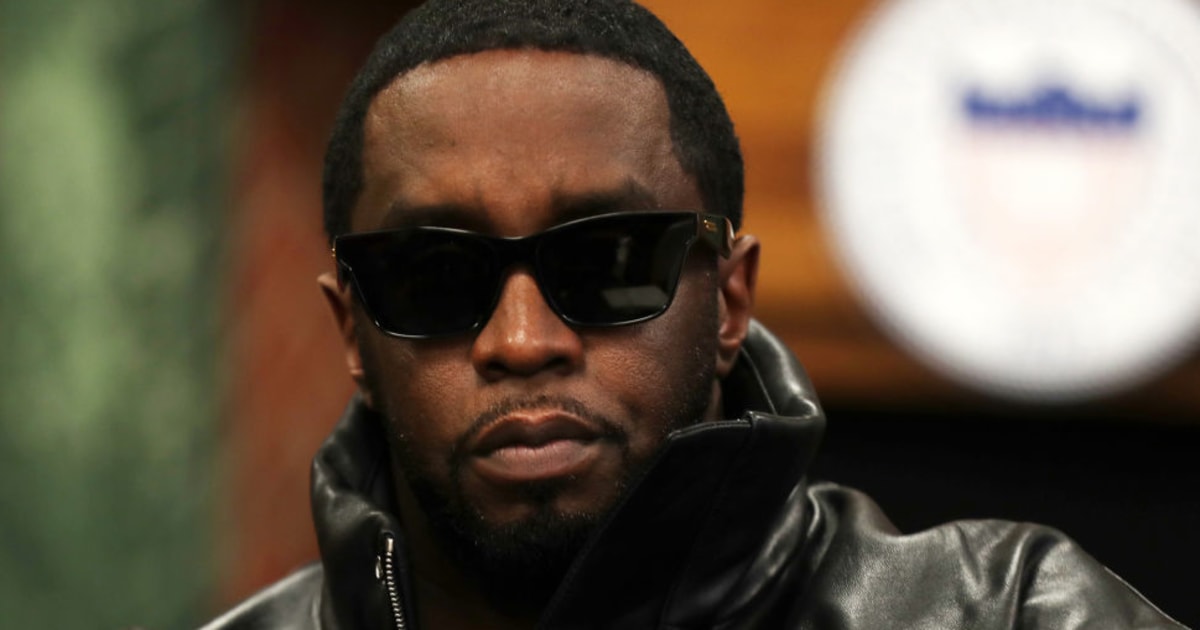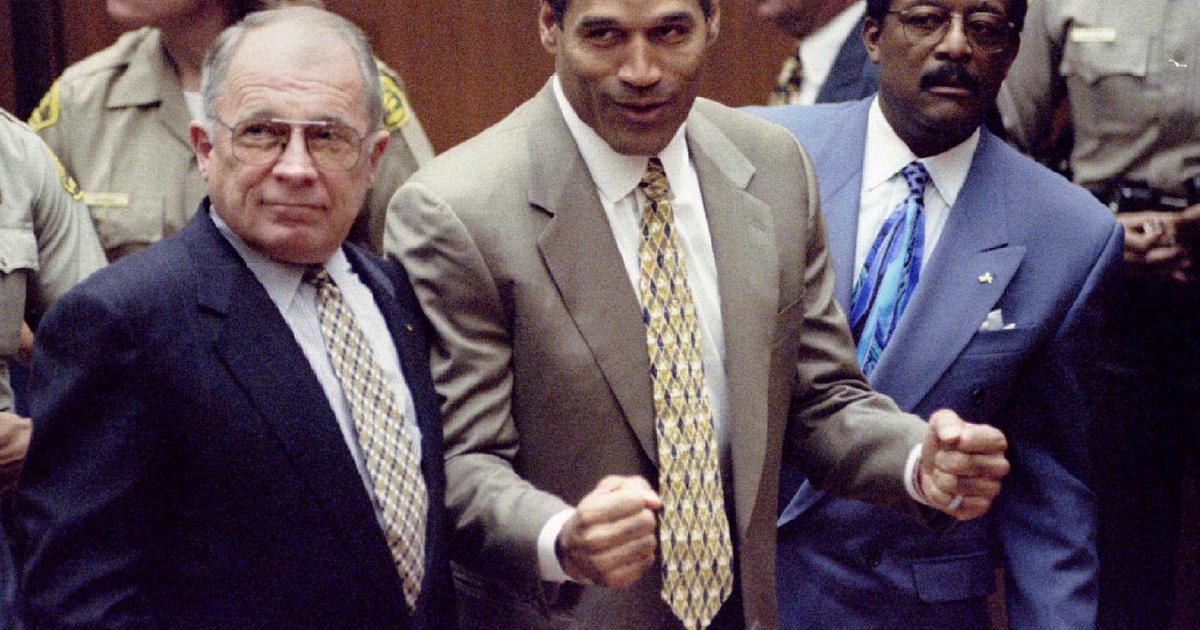“Not guilty” – these two words at 3:15 p.m. on April 29, 1992 plunged Los Angeles into six days of chaos.
Four white police officers Laurence Powell, Timothy Wind, Theodore Briseno and Stacey Koon were acquitted of using excessive force against black man Rodney King.
The verdict sparked a riot that killed dozens and caused billions of dollars in property and fire damage.
A year earlier, King, 25, had engaged in a late-night police chase.
At the beginning of March 1991, he drove drunk and violated the terms of his probation.
When he was arrested, 11 police officers watched as three officers, under the direction of Sergeant Stacey Koon, repeatedly tasered him, repeatedly beat him with batons and kicked him.
Victim of police violence: Rodney King three days after the beating attack
Photo: AP
King was diagnosed with nine skull fractures at the hospital.
The right eye socket and cheekbone were shattered, King had a concussion, nerve damage in his face and a broken leg.
Local resident George Holliday videotaped parts of the attack and sent it to local TV stations.
The images were clear evidence of police violence against African Americans - nearly 30 years before cellphone videos documented police officer Derek Chauvin squeezing George Floyd for nine minutes and 29 seconds until he died.
It was the beginning of a wave of protests under the motto Black Lives Matter in 2020.
Violence in arrests was the rule
At the time, US President George Bush condemned the violence against King: »When I see that, I get sick.
In my opinion there is no way to justify that.
That was outrageous.” Los Angeles Police Commissioner Daryl Gates spoke of an exception.
Accomplice Koon defended himself in court: "It followed the strategies and procedures of the Los Angeles Police Department and their training."
It was with the LAPD that the African American community saw the problem.
Since Gates' appointment as chief of police in 1978, his squad has used paramilitary force on operations in South Central.
As a result, some parts of the population are "exposed to a higher risk, not only because of their age and race, but also because of their location," analyzes historian Donna Murch.
In 1992, the LAPD listed nearly half of all black men under the age of 25 in Los Angeles County as gang members.
Violent arrests were the rule, SWAT teams drove armored vehicles into houses with battering rams, and apartments were ransacked during searches.
African Americans felt at the mercy of police violence.
And then the acquittal of the Rodney King beating squad was the last straw.
Around two hours after the verdict, civilians at a South Central intersection began throwing beer cans at passing cars.
The police showed up briefly, but quickly withdrew from the neighborhood and only occasionally responded to emergency calls.
Outside the LAPD building in downtown Los Angeles, demonstrators shouted and held signs demanding the resignation of Police Chief Gates.
Soon they were chanting "No Justice, no Peace": no justice, no peace.
Attack with hammer and concrete block
Early that evening, while Gates was at a fundraising gala, the angry crowd attempted to storm police headquarters.
Windows broke, the officers formed a protective ring.
After dark, a sentry box was overturned and burst into flames.
TV stations broadcast live on site.
In South Central, the situation continued to escalate.
Just before 7 p.m., a news helicopter filmed a group of black men dragging white man Reginald O. Denny from his truck, beating him, hitting him with a hammer, and attacking his head with a concrete block and kicking him.
When the men left him, Denny, 39, was in danger of dying.
His skull was fractured in over 90 places.
Four local residents saw the brutal attack on TV and rushed to Denny's aid.
Nutritionist Lei Yuille, truck driver Bobby Green and couple Terri Barnett and Titus Murphy arrived at the intersection at almost the same time.
They maneuvered Denny into the cab of his truck.
Yuille took care of the seriously injured man, truck driver Green took over the wheel.
Because the windshield had cracked, Murphy navigated from the running board.
Barnett drove her car in front of the truck to the hospital, three miles away.
Denny survived.
6000 soldiers moved in
In the evening, South Central was lit with countless flames.
Because the fire brigade was fired upon, no fire engines arrived.
At 8:45 p.m. Mayor Tom Bradley declared a state of emergency and ordered a curfew;
California Gov. Pete Wilson activated 2,000 National Guard soldiers.
The situation was reminiscent of the riots that broke out in 1965 after the arrest of an African American in the Watts district.
They also lasted six days, killing 34 and causing $40 million in damage from arson and vandalism before the National Guard got the situation under control.
On May 1, 1992, the curfew was extended to the entire city and bus services were suspended, schools were now closed.
The now 6,000 National Guards took up positions at strategic points.
The sale of ammunition was banned, and petrol was only sold for filling up.
Meanwhile, shopkeepers in Koreatown armed themselves to protect against looters.
Tensions had been smoldering there for a long time: around 1990, two-thirds of the shops were owned by Koreans;
They gave jobs in their own community, not to black people.
Neighborhood relations had hit rock bottom less than two weeks after the Rodney King beating.
Schoolgirl Latasha Harlins, 15, was about to leave after an altercation with shopkeeper Soon Ja Du over a bottle of orange juice when Du shot her in the back of the head with a gun.
Minor penalty for fatal shot
You said Harlins wanted to steal the juice;
According to police, the dead girl was holding two dollar bills.
A jury found Soon Ja Du guilty of manslaughter in November 1991.
But the judge sentenced her to a five-year suspended sentence, 300 hours of community service and a $500 fine instead of up to 16 years in prison.
The appeals court dismissed the appeal against the verdict just eight days before the riots broke out in 1992. Soon after, Tupac Shakur rapped in his song "I Wonder If Heaven Got a Ghetto":
"Tell me, what's a black life worth?
A bottle of orange juice is no excuse...
Ask Rodney, Latasha and many others
It's been like this for years, there are so many more«
By April 1992, a sign had hung above the Empire Liquor Market where Harlins was shot: "Closed for Murder and Disrespect for Black People."
The store became one of the first targets of firebombs.
Rodney King appeared before the press on the afternoon of May 1st, visibly emotional.
His lawyers had prepared a sharp speech for him, but King asked instead, "People ... I just want to say ... Can we all get along?
Can we get along?'
At the same time, more National Guardsmen moved into the city on orders from US President Bush.
A backdrop of devastation
Four days after the riots broke out, 30,000 people marched through Koreatown in a peace march to help clean up.
Black civil rights activist Jesse Jackson called for an end to the violence.
The curfew and the lockdown of the neighborhood were lifted and buses were running again.
On May 4th, day six of the riots, under the watchful eye of armed soldiers, citizens returned to their workplaces and schools.
A backdrop of destruction remained in South Central: 2,000 businesses were destroyed, thousands had lost their livelihoods through looting and arson.
In just six days, 63 people had died and thousands arrested;
property damage totaled nearly $1 billion.
Police Commissioner Daryl Gates left the LAPD in June 1992. Two independent investigations have criticized his leadership style, as well as accusing the police of slow response to the riots, excessive use of force and racism.
Gates' successors moved away from paramilitary appearances.
Bill Bratton began working with the civil rights movement ACLU in 2002, measuring officers by the crime rate in their precincts, not the number of arrests.
As the author of a book on the LAPD reform, the journalist Joe Domanick judges that cooperation between the police and the communities in particular has built trust and brought success - but the reform must nevertheless continue.
Rodney King died at the age of 47
On April 17, 1993, almost a year after the riots, a second verdict was issued against the beating police officers: a federal court found the main perpetrators Koon and Powell guilty of violating Rodney King's civil rights.
They were sentenced to two and a half years in prison.
Rodney King (at the end of April 2012 at the launch of his book): "Can we all get along?"
Photo: Kevork Djansezian/ Getty Images
Rodney King was awarded nearly $4 million in a civil lawsuit against the city of Los Angeles.
From this he bought a house for his mother and one for himself.
He started a record label and hired minorities.
But the project failed and King lost most of his money.
For decades he suffered the trauma of the beatings, battled alcohol addiction and was repeatedly arrested.
In 2010 he married a juror from his civil trial and in April 2012 published his memoir, The Riot Within: My Journey from Rebellion to Redemption.
Two months later, on the morning of June 17, 2012, Rodney King was found dead in his pool.















